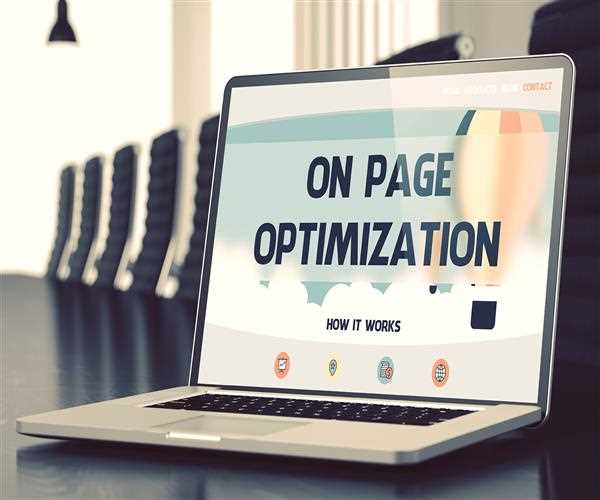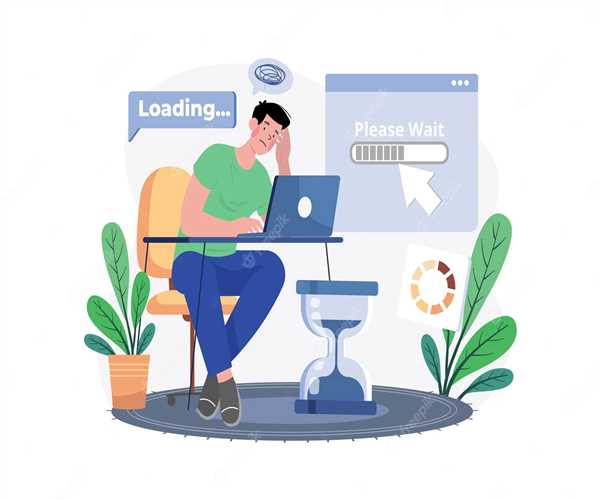Search here

17-Aug-2023 , Updated on 8/17/2023 3:52:35 AM
On-Page SEO techniques for ranking
Highlights
I. Keyword Research and Optimization
- Start by conducting research to find popular keywords that can drive traffic.
- Optimize your content by incorporating these keywords into titles, headings and, throughout the text.
II. Creating High Quality Content
- Develop informative and engaging content that provides answers to users queries.
- Ensure readability by using formatting like headings, bullet points, etc. to make it easy for readers to consume.
III. Optimizing Title Tags
- Craft title tags that accurately describe the content while including keywords.
- Keep the title tags within the recommended character limit of around 60 characters.
IV. Meta Description Optimization
- Write concise descriptions that're persuasive and encourage users to click through.
- Incorporate keywords while maintaining a balance for readability purposes.
V. URL Structure
- Create SEO URLs that're concise, descriptive and contain targeted keywords.
- Use hyphens to separate words in the URL for visibility and understanding.
VI. Header Tags (H1, H2, H3, etc.)
- Effectively use header tags to organize your content and emphasize sections.
- Include targeted keywords in H1 tags. Utilize header tags, for subheadings or subsections.
VII. Keyword Density
- Maintain a natural keyword density without overstuffing them as it can negatively impact both readability and SEO performance.
VIII. Image Optimization
- Ensure optimization of images used in your content.Optimize image files to improve page loading speed.
- Ensure that your image filenames and alt tags are descriptive to aid search engines in understanding the content of the images.
When it comes to marketing and optimizing websites search engine optimization (SEO) plays a role, in determining how visible and successful a website can be. While SEO encompasses techniques, on page SEO is particularly important for achieving rankings in search engine results pages (SERPs). On-page SEO involves optimizing elements on your website to improve its visibility, relevance, and overall user experience. This view explores the on-page SEO strategies that can help boost your website's rankings and increase traffic.
1. Conducting Keyword Research and Optimization
The foundation of on-page SEO lies in conducting keyword research . This entails identifying the terms and phrases that your target audience uses when searching for content related to your website. These keywords should align with your content. Reflect on what users are looking for. Take advantage of keyword research tools to discover high-volume keywords with competition that resonate well with your audience.
After compiling a list of keywords it's crucial to incorporate them into your content. Integrate them naturally into your page title, description, headings (such as H1, H2) and, throughout the body text.
However, it's important to avoid the use of keywords as it can negatively impact the user experience and even result in penalties, from search engines.
2. Creating High-Quality Content
Search engines prioritize content that adds value to users. It's crucial to craft engaging content that meets the needs and addresses the questions of your target audience. Ensure that your content is well-structured and easy to comprehend.
Longer pieces of content tend to perform in search engine rankings as they allow for an exploration of topics. Consider incorporating multimedia elements such, as images, videos, infographics and charts to enhance the appeal and overall engagement of your content.
3. Optimizing Page Titles and Meta Descriptions
Page titles (also known as title tags) but Meta descriptions are the things users see in search results. It's essential to create captivating and relevant titles along with descriptions that not only improve click-through rates but also give search engines an understanding of your content.
Include your keywords naturally within the page title and meta description while maintaining a flow. Keep your titles concise (around 60 characters) while providing descriptions (around 150 160 characters).
4. Heading Tags and Structure
Using heading tags (such, as H1, H2, H3, etc.) properly not improves the readability of your content. Also helps search engines understand the hierarchical structure of your page. The H1 tag should generally include the topic of the page. Incorporate the primary keyword .
You can utilize heading tags (H2, H3, etc.) to break down your content into sections and subsections. It's beneficial to include variations of your keywords within these headings as they aid search engines in comprehending the organization and relevance of your content.
5. URL Structure and Optimization
Having well-organized URLs contributes to both user experience and SEO. Make sure that your URLs are descriptive, concise, and contain keywords. Avoid using combinations of numbers or symbols.
For instance, a structured URL for a page discussing on-page SEO techniques could be- www.example.com/on-page-SEO-techniques
6. Optimized Images
Images play a role in engaging users; however, they can also impact your website loading speed if not optimized correctly. Select images that are relevant to your content and appropriately compress them to reduce file size.
Include text with your images to provide context, for search engines and assist visually impaired users.
7. Utilize Internal Linking
Internal linking involves linking to pages within your website. This helps search engines comprehend the connections, between pages and provides users with relevant content to explore. When incorporating links use anchor text that gives users an idea of what they can expect when they click on the link.
8. Optimize for Mobile Responsiveness and Page Speed
Given the growing reliance on devices search engines prioritize websites that're mobile-responsive. Ensure that your website is designed to offer an experience across screen sizes.
Page speed is another factor that impacts both user experience and SEO. Slow-loading pages often result in bounce rates and lower rankings. To improve your website's loading speed, compress images minify CSS and JavaScript files, and leverage browser caching.

9. Implement Schema Markup
Schema markup , also known as data involves adding code snippets to your website to help search engines understand the context of your content better. It provides information such as reviews, ratings, event details and more about your content.
By implementing these strategies you can enhance the visibility of your website in search engine results. Provide a better user experience, for visitors. Implementing schema markup can improve your search results by showcasing snippets, which have the potential to attract clicks and enhance your click-through rate.
10. User Engagement and Dwell Time
Metrics related to user engagement such, as dwell time (the duration users spend on a webpage) bounce rate and click-through rate indirectly impact your SEO rankings. When users spend time on your pages and engage with your content search engines perceive your website as valuable and relevant.
To engage users effectively ensure that you have structured content with captivating visuals and clear calls to action. Address their queries comprehensively encouraging them to explore pages on your site.
In conclusion on page SEO techniques play a role in achieving rankings and visibility in search engine results. By conducting keyword research creating high quality content optimizing on page elements and prioritizing user experience you can strengthen the relevance and authority of your website within its niche. Remember that SEO is a process that requires monitoring and adaptation to align with search engine algorithms and evolving user behaviors. By implementing these on page SEO techniques you'll be well on your way, to improving rankings and driving increased traffic to your website.
SEO and Content Writer
I am Drishan vig. I used to write blogs, articles, and stories in a way that entices the audience. I assure you that consistency, style, and tone must be met while writing the content. Working with the clients like bfc, varthana, ITC hotels, indusind, mumpa, mollydolly etc. has made me realized that writing content is not enough but doing seo is the first thing for it.
Join Our Newsletter
Subscribe to our newsletter to receive emails about new views posts, releases and updates.
Copyright 2010 - 2025 MindStick Software Pvt. Ltd. All Rights Reserved Privacy Policy | Terms & Conditions | Cookie Policy